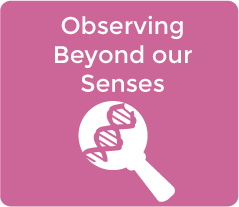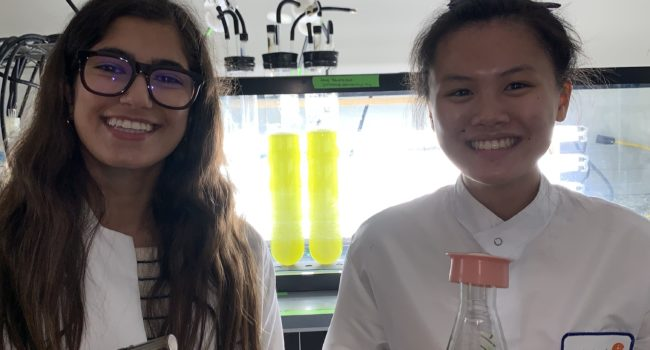HS-PS2 Motion and Stability: Forces and Interactions
 see.isbscience.org/ngss/hs-ps2-motion-and-stability-forces-and-interactions/
see.isbscience.org/ngss/hs-ps2-motion-and-stability-forces-and-interactions/| Disciplinary Core Topics |
| PS2.A: Forces and Motion
PS2.B: Types of Interactions PS2.C: Stability and Instability in Physical Systems |
|
Students who demonstrate understanding can: |
|
HS-PS2-1. Analyze data to support the claim that Newton’s second law of motion describes the mathematical relationship among the net force on a macroscopic object, its mass, and its acceleration. [Clarification Statement: Examples of data could include tables or graphs of position or velocity as a function of time for objects subject to a net unbalanced force, such as a falling object, an object rolling down a ramp, or a moving object being pulled by a constant force.] [Assessment Boundary: Assessment is limited to one-dimensional motion and to macroscopic objects moving at non-relativistic speeds.] HS-PS2-2. Use mathematical representations to support the claim that the total momentum of a system of objects is conserved when there is no net force on the system. [Clarification Statement: Emphasis is on the quantitative conservation of momentum in interactions and the qualitative meaning of this principle.] [Assessment Boundary: Assessment is limited to systems of two macroscopic bodies moving in one dimension.] HS-PS2-3. Apply scientific and engineering ideas to design, evaluate, and refine a device that minimizes the force on a macroscopic object during a collision.* [Clarification Statement: Examples of evaluation and refinement could include determining the success of the device at protecting an object from damage and modifying the design to improve it. Examples of a device could include a football helmet or a parachute.] [Assessment Boundary: Assessment is limited to qualitative evaluations and/or algebraic manipulations.] HS-PS2-4. Use mathematical representations of Newton’s Law of Gravitation and Coulomb’s Law to describe and predict the gravitational and electrostatic forces between objects. [Clarification Statement: Emphasis is on both quantitative and conceptual descriptions of gravitational and electric fields.] [Assessment Boundary: Assessment is limited to systems with two objects.] HS-PS2-5. Plan and conduct an investigation to provide evidence that an electric current can produce a magnetic field and that a changing magnetic field can produce an electric current. [Assessment Boundary: Assessment is limited to designing and conducting investigations with provided materials and tools.] HS-PS2-6. Communicate scientific and technical information about why the molecular-level structure is important in the functioning of designed materials.* [Clarification Statement: Emphasis is on the attractive and repulsive forces that determine the functioning of the material. Examples could include why electrically conductive materials are often made of metal, flexible but durable materials are made up of long chained molecules, and pharmaceuticals are designed to interact with specific receptors.] [Assessment Boundary: Assessment is limited to provided molecular structures of specific designed materials.] |
Source: http://www.nextgenscience.org






